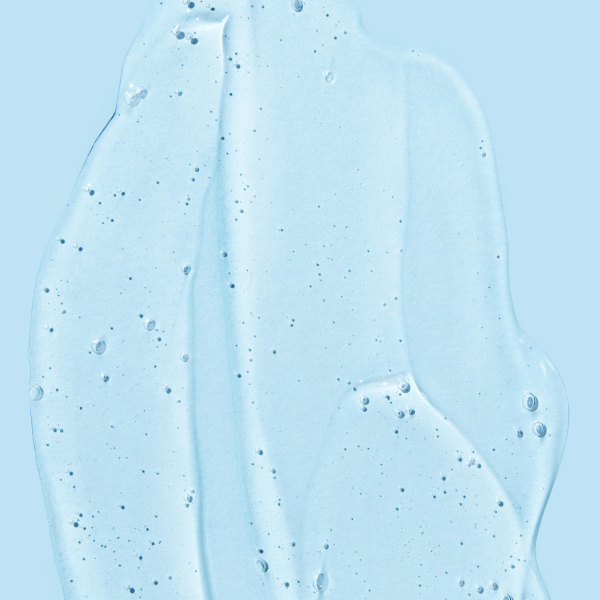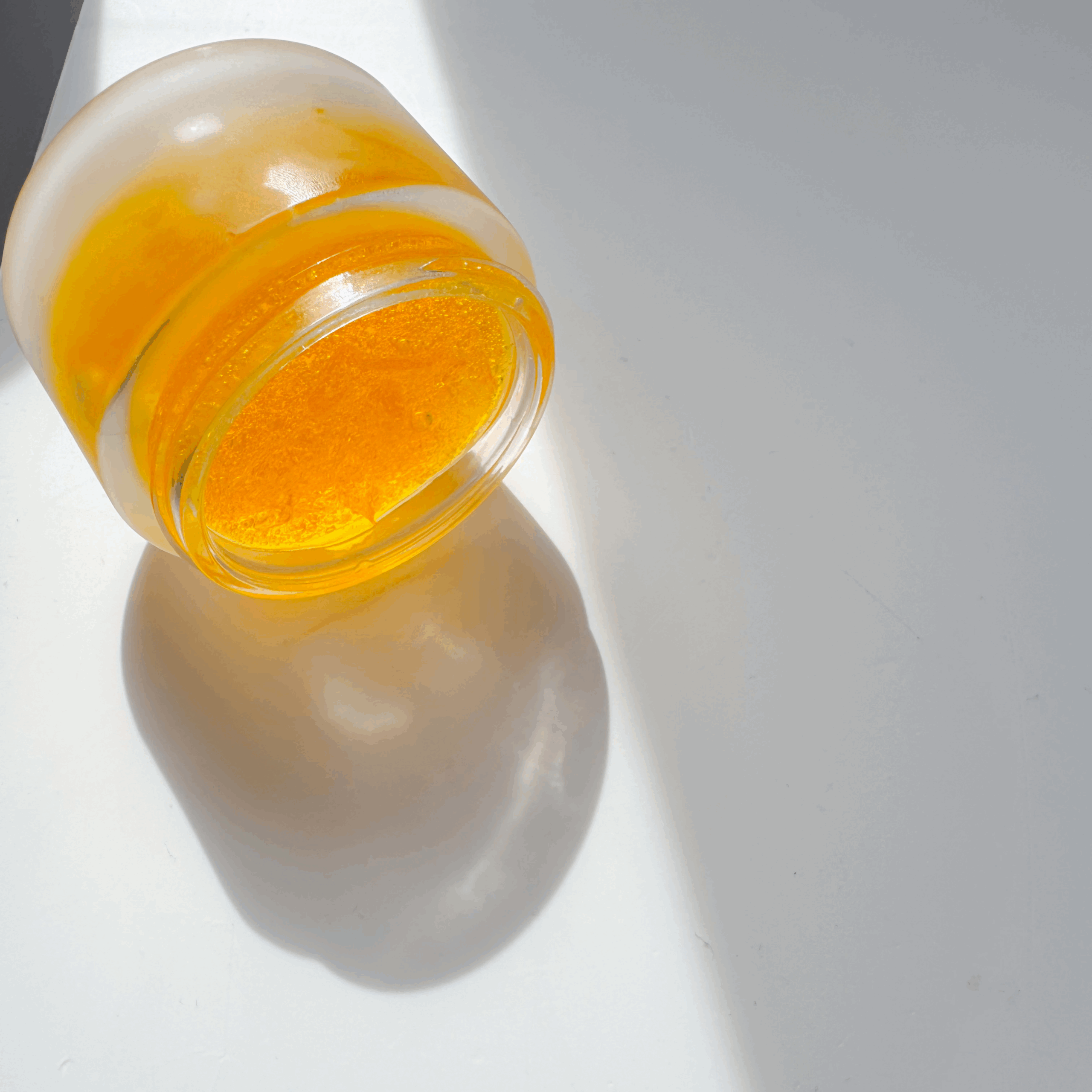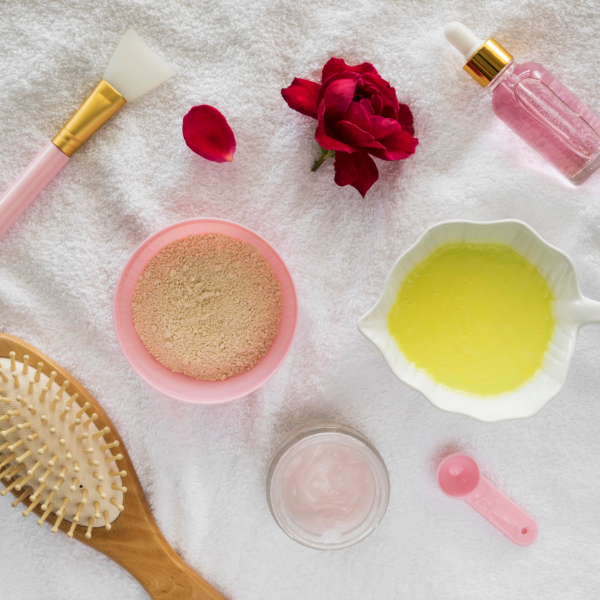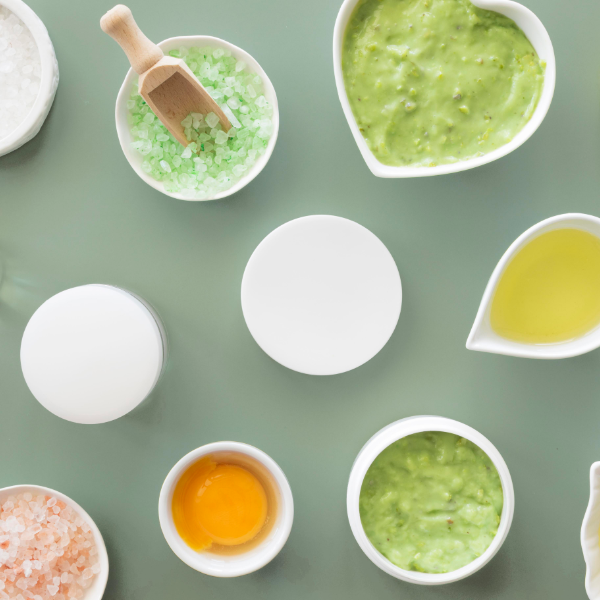Let’s stir up some magic in the lab as we troubleshoot common issues in surfactant-based cosmetic formulas!
If you’ve ever crafted a beautifully foamy cleanser, only to see it separate, thin out, oxidise, or turn to sludge a few weeks later, you’re not alone. Surfactant-based formulations, like body washes and shampoos, can be deceptively tricky to stabilise. They look simple on the surface, but they often hide a tangle of interactions underneath.
Today, we’re pulling back the curtain on what really happens when a surfactant-based product goes rogue. You’ll learn how to identify the key stability pitfalls, what to tweak to fix them, and how to design more resilient, professional-quality cleansing formulas from day one.
Why Surfactant-Based Formulas Are So Prone to Instability
Surfactants are brilliant at reducing surface tension and creating that addictive foam but they’re also notorious for being sensitive to everything from pH shifts and active ingredients to the oil content and mixing method. And because surfactant-based systems are water-heavy, they are also microbiologically vulnerable, which increases the pressure on your preservation system and packaging choices.
Stability issues in foaming formulas aren’t just inconvenient, they can tank your product’s reputation, lead to returns, or worse, compromise safety. Understanding the “why” behind each potential fail point means you can build your formulas with confidence and control.
Let’s Talk Troubleshooting: Common Surfactant Formula Failures and How to Fix Them
1. Colour or Aroma Changes
One of the earliest signs that something’s off in a surfactant formula is a shift in colour or scent. That lovely translucent pink you perfected turns murky or dull, or the fresh citrus aroma goes off.
Some common causes to consider:
- Oxidation of plant oils or essential oils
- pH drift
- Inadequate chelation
- Preservative incompatibility
- Light or air exposure
Introduce a chelating agent like sodium phytate or tetrasodium glutamate diacetate to bind metal ions that catalyse oxidation. If you’re using essential oils or botanicals, ensure they’re stabilised and consider adding antioxidants like tocopherol, but test carefully as high concentrations can affect foaming. Also, choose opaque or UV-safe packaging to protect your product from light degradation.
2. Lipid or Powdery Layer on the Surface
When a fine film or greasy layer appears on top of your product, chances are your solubilising strategy isn’t cutting it.
The usual suspects:
- Too much oil (including essential oils, fragrance, or vitamin E)
- Not enough solubiliser relative to the oil phase
- Poor pre-mixing of oil and solubiliser
- Surfactants not designed to handle oil-heavy systems
In this case, pre-mix your oils with a solubiliser like Polysorbate 20 or Caprylyl/Capryl Glucoside before incorporating into the water phase. Always ensure your surfactant-to-oil ratio heavily favours the surfactant side, this is one area where “less is more” doesn’t apply.
3. Jelly or Gel Clumps Forming in the Bottle
You nailed the formula on paper, but suddenly, there’s a gummy layer sitting at the bottom or a blob stuck at the top. Usually, this is a thickener or polymer behaving badly.
Root causes:
- Gums not fully hydrated with the full water phase
- Incorrect pH for polymer gelling
- Using an incompatible polymer system
How to recover:
Ensure the gum hydrates evenly. Adjust pH according to your polymer type. Some gums require high pH to hydrate, others need to start acidic, then can handle further pH adjustments. If you’re working with more natural systems, be especially gentle during thickener integration. Xanthan gum and sclerotium gum are forgiving options, but over-hydration or poor dispersion will lead to texture issues. Make sure you mix at low shear for enough time for the gel to fully settle.
4. A Sudden Drop in Viscosity
Your luxurious gel cleanser has turned into a watery mess. This is one of the most frustrating stability issues. And that can have several root causes:
- Too much oil
- Salt overload (especially in systems using salt to boost viscosity)
- Essential oils or actives interfering with polymer networks
- Heavy electrolyte system
- Preservative system thinning out the chosen surfactants
The fix:
Check your pH first. A tiny shift can ruin viscosity in salt-thickened formulas. Avoid over-relying on NaCl as a thickener. Consider Xanthan Gum (higher molecular weight) or polymers that offer better consistency.
Many actives can introduce electrolytes that disrupt the electrostatic balance in surfactant micelles and thickeners. To maintain stability, consider using electrolyte-resistant thickeners or reducing the amount of electrolytes being added to the formula. If you’re introducing multiple electrolytes, test them one at a time to isolate their impact on flow and foam. Consider reducing to a minimum the oils (essential oils, plant oils, fragrance oils) that you incorporate into your formula.
5. Over-Mixing = Over-Airing
Foaming cleansers and high-shear mixing are not friends. The very nature of surfactants means they will foam during production, so blending them incorrectly can whip your formula full of air bubbles that take days to settle or never fully disappear. Keep your mixer blades below the surface of the liquid. Use slow to moderate mixing and avoid vortexes that pull air in.
As I end this article, let me leave you with my final thoughts
When it comes to surfactant-based formulation, don’t just chase the foam, chase performance, experience, and stability. A product that looks, smells, and feels amazing on Day 1 should still perform like magic on Day 90.
And if you ever feel overwhelmed by the chemistry of stability troubleshooting, just remember: every misbehaving formula is an opportunity to learn, iterate, and refine.
Here’s to formulas that work and brands that thrive!
From my lab to yours,
Rose









Add comment